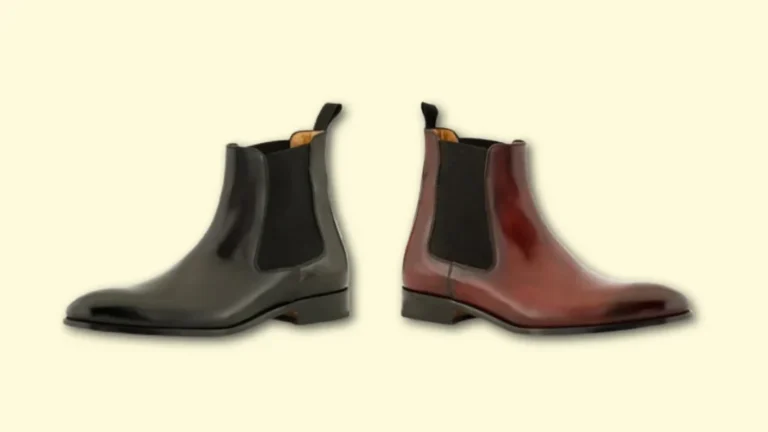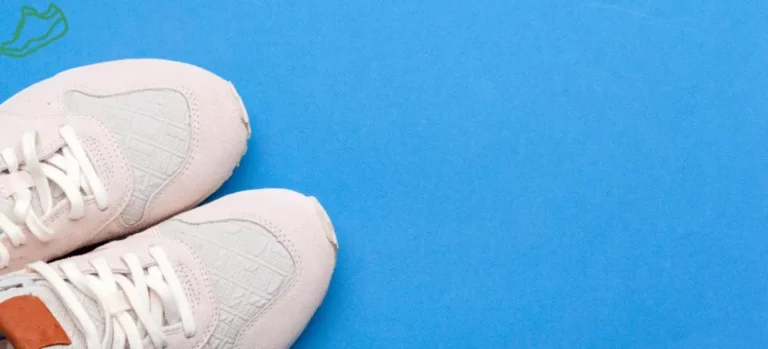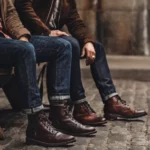The Insoles are shoe inserts that are made from different materials, such as memory foam, gel, or leather. They are designed to provide comfort and support for your feet, especially if you have foot problems or pain. Insoles can also help improve your foot alignment and reduce pressure on certain areas of your foot.
Types Of Shoe Insoles
There are different types of insoles for different purposes and needs. Some of the common types are,
Support Insoles
These are insoles that have a harder material for structural support and stability. They are good for people who have flat feet, plantar fasciitis, or other foot disorders that affect the arch or heel of the foot. Support insoles can also help prevent overpronation or supination, which are abnormal foot motions that can cause pain or injury.
Cushion Insoles
These are insoles that have a softer material for extra padding and shock absorption. They are good for people who need more comfort and protection for their feet, such as those who stand or walk a lot, or those who have high arches or sensitive feet. Cushion insoles can also help reduce friction and prevent blisters.
Custom Insoles
These are insoles that are made specifically for your feet based on a mold or scan of your foot. They are good for people who have severe or complex foot problems that require a precise fit and correction. Custom insoles are usually prescribed by a podiatrist or a doctor after a thorough examination of your feet.
Benefits Of Shoe Insoles
Insoles can offer many benefits for your feet, such as
- Reducing pain and inflammation
- Improving alignment and posture
- Enhancing stability and balance
- Correcting deformities or abnormalities
- Encourage circulation
- Preventing skin breakdown
- Preventing the formation of calluses
- Reducing the occurrence of foot problems in high-pressure areas of the foot
However, not all insoles are suitable for everyone. You should consult your doctor or podiatrist before using any insole, especially if you have a medical condition or injury that affects your feet.
You should also make sure that the insole fits well with your shoe and does not cause any discomfort or irritation.
Also Check – Orthopedic Shoes vs Diabetic Shoes
Orthopedic Shoes Vs Shoe Insoles
The difference between orthopedic shoes and insoles is that orthopedic shoes are shoes that provide more comfort and support for people with various foot problems, such as bunions, corns, or hammertoes. Insoles are products that you can place inside your shoe to improve fit or to address a particular concern, such as arch support, cushioning, or odor control.
Orthopedic shoes may have different shapes and styles to accommodate different foot problems. For example, some orthopedic shoes may have a wider toe box to prevent crowding of the toes. While others may have a narrower heel to prevent slippage. These shoes may also have different types of closures, such as laces, Velcro, or buckles.
Insoles are intended to provide better arch support, more cushioning, and support performance. They may be made for a specific type of foot, such as flat feet or high arches. They may also be made for a specific type of shoe, or for a particular activity or sport, such as running. Insoles are made from various materials that help provide extra padding and support.
Related Article –

What Are Shoe Orthotics
Orthotics are similar to insoles, in the fact that they help to relieve pressure and pain from your feet. But the primary difference between the two is that orthotics are typically custom made for your feet. They complement different shoe sizes and they also manage specific foot disorders, such as overpronation, oversupination, or plantar fasciitis.
Orthotics are designed to address a particular structural or bio-mechanical issue in order to correct the problem and relieve any associated pain. Orthotics are usually prescribed by a podiatrist or a doctor after a thorough examination of your feet. Both orthopedic shoes and shoe insoles are meant to provide more comfort and protection for your feet than regular shoes.
However, they have different purposes and features depending on your specific needs and conditions. If you have any foot problems, you should consult your doctor or podiatrist about the best footwear option for you.
How Do I Know If I Need Custom Shoe Insoles?
To find out if you need custom insoles, you should consult your doctor or podiatrist before using any insole, especially if you have a medical condition or injury that affects your feet.
You should also make sure that the insole fits well with your shoe and does not cause any discomfort or irritation.
You may need custom insoles if you have any of the following conditions or symptoms
- Severe or complex foot problems that require a precise fit and correction, such as flat feet, plantar fasciitis, or other foot disorders that affect the arch or heel of the foot.
- Chronic foot pain or discomfort that is not relieved by over-the-counter or kiosk insoles.
- Abnormal foot motions that can cause pain or injury, such as overpronation or supination.
- Deformities or abnormalities in your feet that affect your alignment and posture, such as bunions, hammertoes, or a pinched nerve.
- A medical condition or injury that affects your feet, such as diabetes, arthritis, or a fracture.
Custom insoles are designed to address a particular structural or bio-mechanical issue in your feet and to provide better motion control, circulation, and support.
They are usually prescribed by a podiatrist or a doctor after a thorough examination of your feet.
Other Posts














